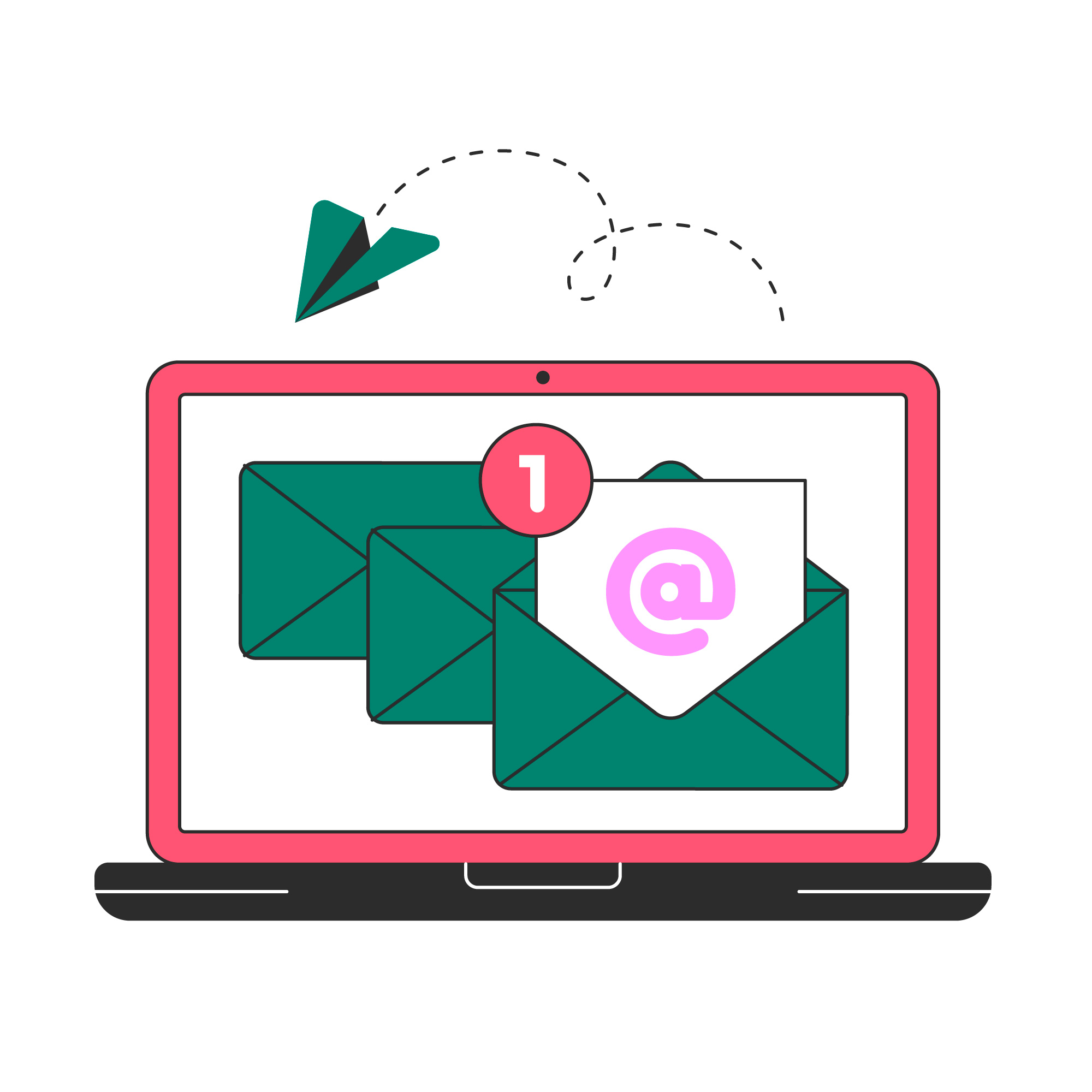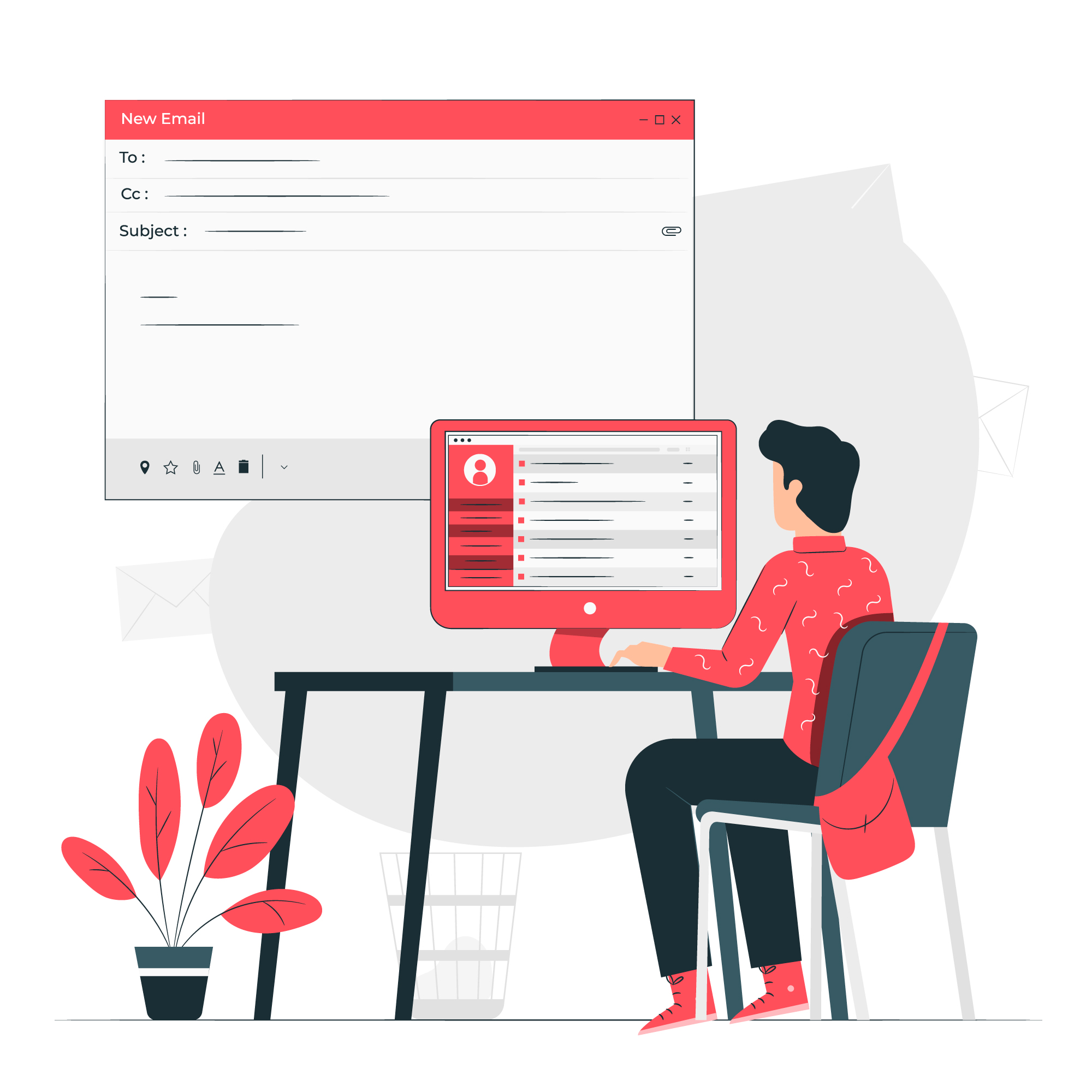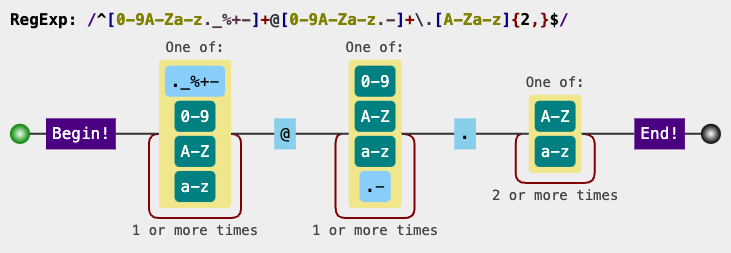· Heybounce · Guides · 5 min read
What Is an Email Bounce and How It Affects Your Email Deliverability
Email bounces harm your deliverability. Learn the types of bounces and how to reduce them to protect your sender reputation.

In the world of email marketing, one of the most crucial metrics to monitor is email bounce rate. When emails you send don’t reach their intended recipients and “bounce” back, it not only affects your marketing efforts but can also harm your overall email deliverability. Understanding what email bounces are and how to manage them is key to maintaining a healthy email list and ensuring your campaigns succeed.
In this post, we’ll explore what an email bounce is, the different types of bounces, and how they impact your email deliverability.
What Is an Email Bounce?
An email bounce occurs when an email cannot be delivered to the recipient’s inbox and is returned to the sender. When an email bounces, it means the recipient’s email server rejected the message for some reason. There are various factors that can cause an email to bounce, ranging from temporary issues to permanent problems.
Types of Email Bounces
There are two main types of email bounces:
1. Soft Bounce
A soft bounce is a temporary issue that prevents the email from being delivered. Soft bounces occur when the recipient’s inbox is full, the email server is down, or the email message is too large. In many cases, the email will be delivered once the temporary issue is resolved.
2. Hard Bounce
A hard bounce occurs when the email cannot be delivered due to a permanent issue. This can happen if the email address is invalid, the domain no longer exists, or the recipient’s email server has blocked the email. Hard bounces are critical as they indicate that the email address is permanently unreachable.
How Email Bounces Affect Your Email Deliverability
Email bounces, especially hard bounces, can significantly impact your email deliverability. Deliverability refers to the ability of your emails to successfully land in recipients’ inboxes rather than being blocked or sent to spam folders. Here’s how bounces affect your deliverability:
1. Damage to Sender Reputation
Email service providers (ESPs) like Gmail, Outlook, and Yahoo monitor your sender reputation to determine whether your emails should be delivered, sent to spam, or blocked entirely. A high bounce rate signals to ESPs that you’re sending emails to invalid or outdated addresses, which can damage your reputation.
A damaged sender reputation can lead to more of your emails being flagged as spam, making it harder to reach your audience.
2. Increased Spam Filtering
When ESPs detect that a high percentage of your emails are bouncing, they may start to view your messages as potential spam. This can result in your emails being sent directly to the spam folder, even for valid recipients. Over time, high bounce rates can cripple your ability to reach your subscribers.
3. Decreased Email Engagement
High bounce rates can lower your overall email engagement metrics. When a significant portion of your list contains invalid or unreachable emails, your open rates and click-through rates drop. This affects the overall success of your campaigns and can lower your engagement performance metrics, further harming deliverability.
How to Reduce Email Bounces
The good news is that you can take proactive steps to reduce your email bounce rates and improve your deliverability. Here are some tips:
1. Use an Email Verification Tool
One of the most effective ways to reduce bounces is to regularly use an email verification tool. These tools check your email list for invalid or outdated addresses before you send your campaign. By cleaning your list regularly, you can prevent hard bounces and protect your sender reputation.
2. Monitor Your Email List Regularly
Make it a habit to frequently audit your email list to ensure it’s up to date. Remove any email addresses that have repeatedly bounced, as continuing to send emails to them can hurt your deliverability. Segmenting your list based on engagement can also help you focus on delivering emails to active subscribers.
3. Implement Double Opt-In
A double opt-in process ensures that new subscribers confirm their email addresses before they’re added to your list. This helps you avoid fake or mistyped emails, reducing the chances of bounces and improving the quality of your list.
4. Send Engaging Content
Sending content that resonates with your audience will encourage them to stay subscribed. When users disengage from your emails, they may abandon their email accounts, leading to more bounces over time. Keeping your subscribers engaged helps maintain a healthy list.
How to Monitor Email Bounces
Most email marketing platforms provide bounce reports that help you track which emails have bounced and why. Make sure to monitor these reports after each campaign and take action to remove or address any addresses that have bounced.
Key Metrics to Watch:
- Bounce Rate: The percentage of emails that bounced compared to the total number of emails sent.
- Soft Bounce vs. Hard Bounce: Understanding the ratio of soft to hard bounces helps you gauge whether the issue is temporary or permanent.
- List Quality: A high bounce rate may indicate that your email list contains outdated or poor-quality addresses.
Conclusion
Email bounces can have a significant impact on your email deliverability and the success of your campaigns. By understanding the types of bounces and how they affect your sender reputation, you can take proactive steps to reduce them. Regular email list cleaning, using verification tools, and monitoring your bounce rate are essential practices for maintaining a healthy and engaged email list.
With these strategies in place, you can protect your email deliverability and ensure that your messages reach their intended audience, improving engagement and results from your email marketing efforts.





